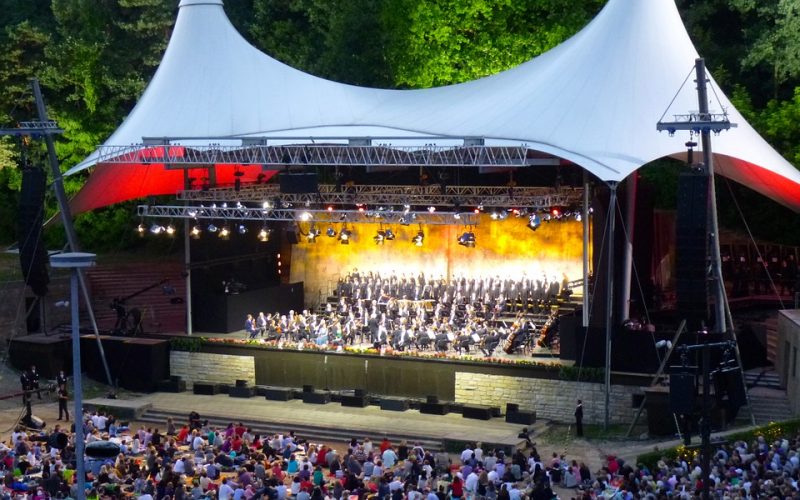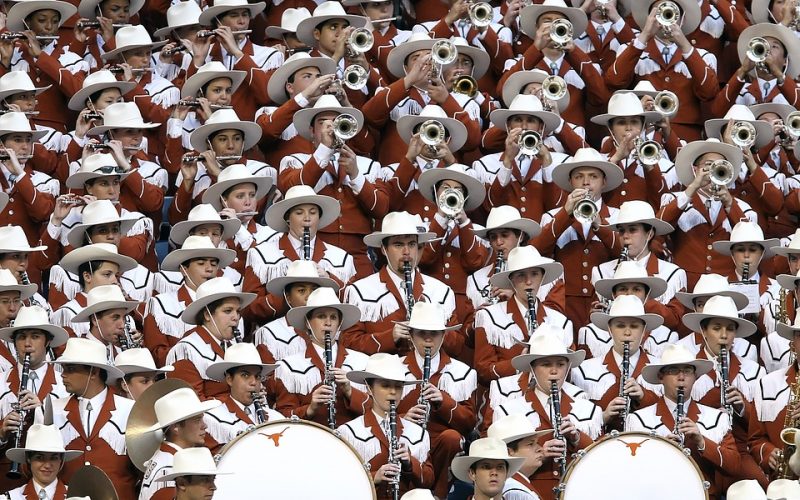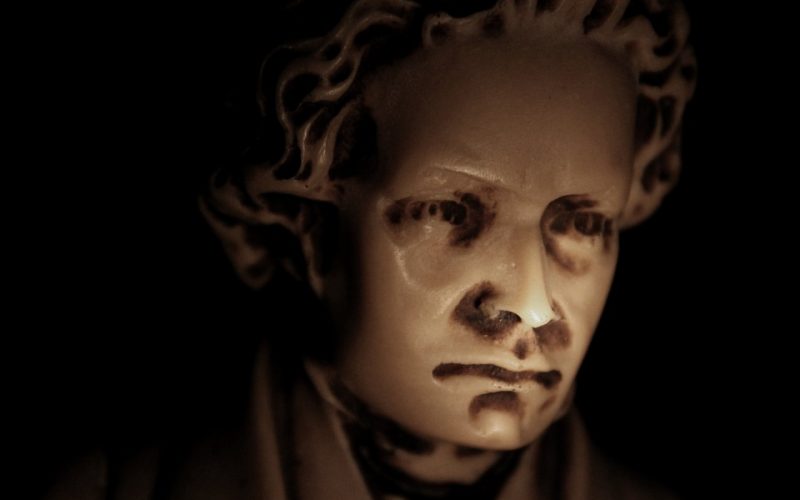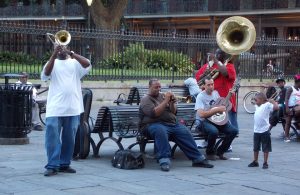Latest Posts
Popular Orchestras
For many centuries, classical music was also the popular music in Europe. Written mainly for churches or wealthy patrons, much of it filtered down to...
READJazz Orchestras
The school orchestra is where many musicians begin their performance careers, but they are unlike professional orchestras. The conductor in charge at the school accepts...
READThe Music of Orchestras
As children, many students are introduced to classical music played by symphony orchestras. The composers tend to be those who flourished in Europe during the...
READ













